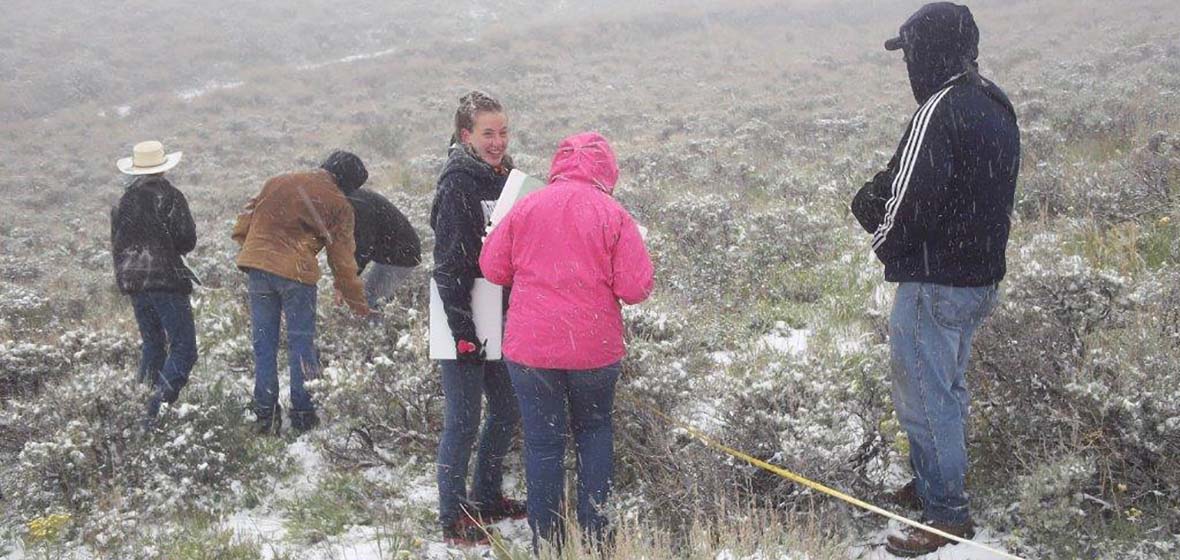As winter approaches, many are wondering if Nevada is going to have another wet winter and may be hearing terms such as "El Niño" and "La Niña." But, what are they, and how exactly do they impact Nevada winters and the moisture we will receive?
Kerri Jean Ormerod and Stephanie McAfee, with the University of Nevada, Reno, recently published a short, easy-to-understand fact sheet, "Nevada's Weather and Climate," to explain these and other terms and factors affecting weather and climate throughout the state.
{{RelatedPrograms}}
"So many of the decisions that we make throughout the year relate to weather and climate," McAfee said. "'Will there be enough water to increase my cattle herd,' 'do I really need to xeriscape,' 'should I buy a ski pass?' We hope this publication will raise awareness and literacy about Nevada's weather so that people will be more informed when making these decisions."
Ormerod and McAfee relied on the best scientific research available to make the publication accurate, relevant and clear for all Nevadans. As a result, the publication covers how Nevada's mountains and basins impact wind, temperature and rainfall; how the frequency of floods, heat waves or snowstorms can provide insight into Nevada's climate; and how volunteers can help the State Climate Office, National Weather Service and scientists. McAfee is the deputy state climatologist and is with the University's College of Science. Ormerod is the water, climate and drought hazards program leader with the University's Cooperative Extension unit and College of Science.
The two aim to help the public and land managers understand basic terms, commonly used charts and graphs, and potential hazards tied to Nevada's weather and climate. The fact sheet addresses floods, droughts, fire and heatwaves, and provides resources for more information on these hazards.
"Weather is varied across the state," Ormerod said. "It's also hazardous. We wanted to help people know about what resources were available to help them prepare for and respond to weather-related events."
The fact sheet also provides information on how citizens can participate in tracking and monitoring Nevada's weather. To view Nevada's Weather and Climate and for additional information on preparing for Nevada's weather and climate events, including droughts, floods and fires, visit Cooperative Extension's website.












